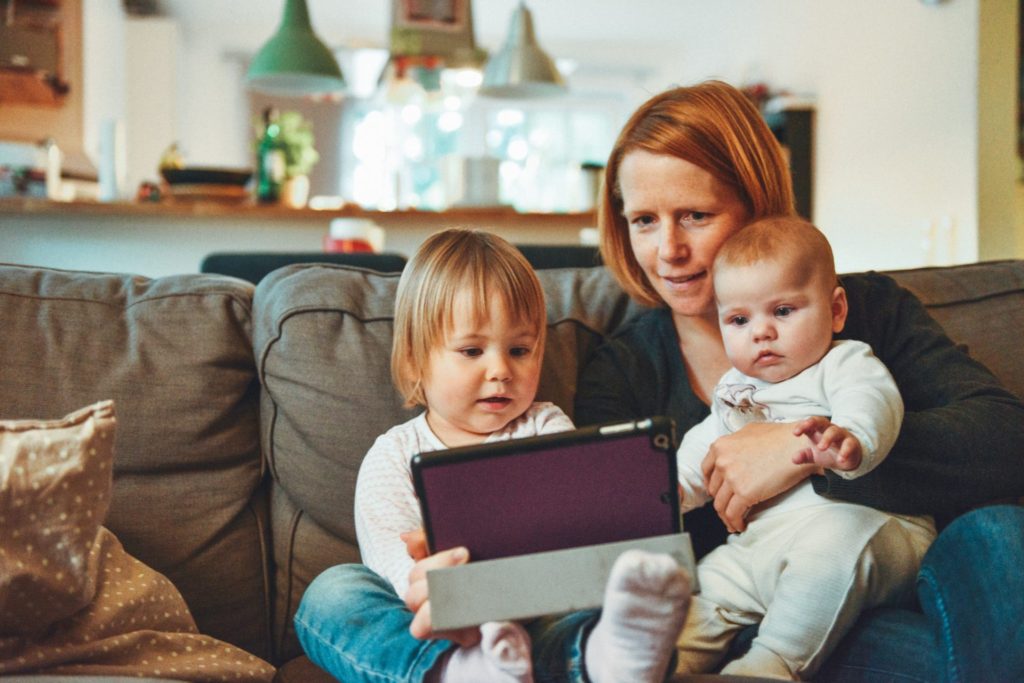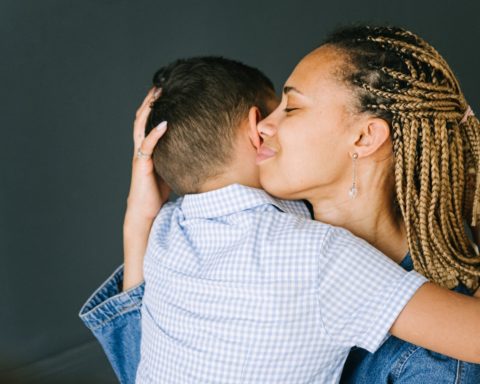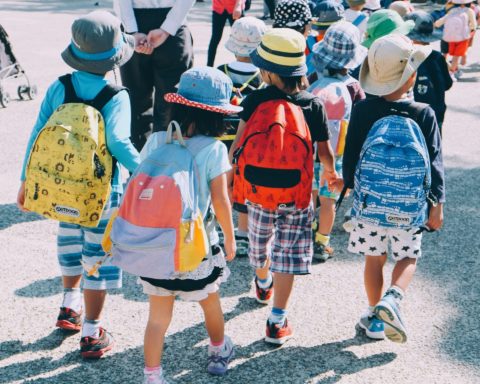Five tips to help your child cope with relocating is the second instalment in our 7-part series on relocating – where we help you navigate the challenges of a big move. We’ll provide you with practical solutions for what seems like an overwhelming task. Heraclitus, a Greek philosopher, is quoted as saying “change is the only constant in life,” meaning that change is inevitable. The unknown is expansive – you don’t know what you don’t know, right. This is the scary part for anyone undertaking a relocation. Imagine how terrifying it is when you are a child and still trying to come to terms with the world around you.
As parents, we want to keep our children safe from harm, and we want to shield them from anything bad that could happen to them. Wrapping them up in cotton wool becomes a preventative measure in every parent’s arsenal. Realistically, though, we know that we can’t protect them from everything negative. And what the future holds for our children is more likely a series of tears, scrapes, bruises, invisible scars and a lot of chinning up. So, trying to instil resilience in a child becomes every parent’s mission. We hope that this resilience will carry them through all of life’s challenges.

One such challenge is the daunting task of helping your child adjust to the idea of moving away from everything they have ever known. Though an exciting time for the family, it also means their entire known world is about to collapse, making you, the parent, their only safety net.
We have put together five tips to help them cope, and assist the entire family survive the move. The selected tips are universal and will give your child the best foundation for starting their new life in their new environment.
1. Give your child as much information as possible, and answer every question they have with as much honesty as they can understand
Children, by their very nature, are inquisitive. The dreaded “Why?” instantly instils fear into the heart of every parent. This is bound to happen at least 50 times a day … scientists are still reviewing, but this number may be higher! Depending on your child’s age, the best way to tackle any question is to start with the truth. The truth has a way of dispelling any built up fear. Honesty also allows the parent to build a foundation of trust and security. When you are able to engage your child, you will immediately put them at ease or at the very least allow them to internalise the information constructively.

2. Use books and illustrations as part of your tools in the explanation process
To help your child further understand and put them at ease, the use of picture books, puppet shows, games or simply hand-drawn illustrations are great tools to dispel any fear they may have. Visual aids are a central part of how children learn. These tools are used in classrooms daily, and it’s the perfect catalyst to get your child to engage with the topic and get them more comfortable. Finding a story in which a child, just like them, is faced with moving away from the things that they love is the best ice-breaker. The internet is also a great tool. Google the area you’re moving to, show them what it looks like and all the exciting things you could do there.

3. Actively encourage your child to share their feelings and thoughts on the family’s impending relocation
There is an old proverb which says “Children should be seen and not heard.” Deep down, this has always bothered me. After all, what happens when those kids are all grown up, and they are unable to make themselves heard? After all, you can’t teach an old dog new tricks. We have to start with teaching our children that it’s safe to share their thoughts. Once you open the proverbial floor to them, this allows you to gain insight into what they are thinking and feeling and give you the strategy on how and what to address first.
4. Allow your child to say goodbye to their favourite places and people
Saying goodbye is probably the hardest thing for anyone to do and a child is no different. Allowing them to say goodbye to cherished places and people allows them to emotionally close the chapter. This, in some way, gives them permission to look forward to what comes next without any fear or guilt and to build up some excitement.

5. Get them involved on the day
Leading up to the big day of moving there is usually a lot going on. Kids are normally relegated to watching TV, sent off to neighbours, friends or family and are generally kept out of the packing process. Having them be involved in the packing-up process is part of closing the chapter. Allow them to mark their much loved items, giving them the option to keep or gift their belongings. Where they can, have them carry their boxes to the car or moving van. This gives them a sense of accomplishment and ownership of the big decision mom and dad have made. Once again, this builds up the excitement and makes them look forward to their future.
*
There is no magic wand that can be waved to make the challenges of a big move go away. The important thing is to get your child involved, keep talking and perhaps, most importantly, keep on listening. These all help in building a happy, healthy and secure child. They must know that you love them and will be there for them, no matter the circumstance or challenge.





